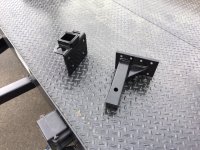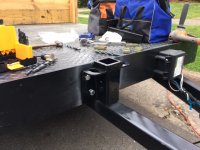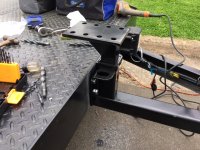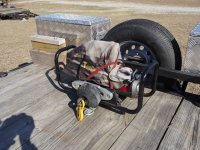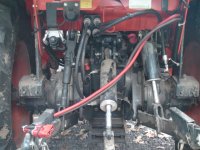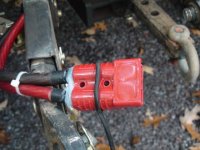N80
Super Member
To the lad who wants to pull a race car with a 3400# ATV winch, realizes that 3400# is on the first roll of the cable on the winch drum.Just a thought, don't know if you knew that or not.
Most 3400 pound winches will pull a 3500# car up a trailer ramp with ease. Rolling load, small incline.
I cancelled my eTrailer order. Went to Northern Tool and bought a Warn 4000# utility winch. Ordered a cheap wireless remote from Amazon that I will wire into the solenoid. I ended up spending about $75 more dollars but probably got a better winch than the eTrailer "Bulldog". The remote from eTrailer looked better and was plug-in-play but twice as much as the Amazon one. All of this stuff, including the Warn, is made in China.
Going to get my trailer so I can install the ingenious bolt-on removable mount that I referred to earlier. If it works, I am brilliant. But, I've felt brilliant before many projects that I felt like an idiot after the project. We'll see. Will post results in a separate thread.
I will order cable and such on my truck once I get the winch installed.
One of the big differences in the Warn vs the eTrailer Bulldog winch is amp draw. The Bulldog winch draws #350 amps at maximum load. The Warn draws #140 amps at maximum load. Granted, the Warn is rated at 4000# and the Bulldog is rated at 4400# but that is a big difference in maximum amp draw. I think I will be fine with 4 AWG cable and a 200 amp fuse.
